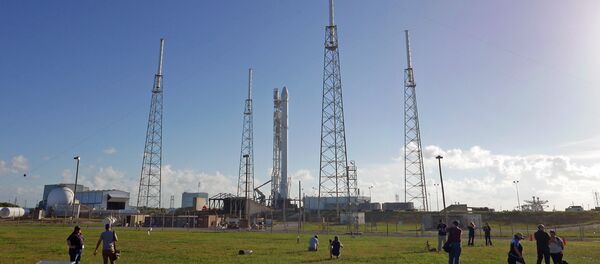The twin-hulled aircraft first began research development in 2008. Now, NASA has allocated some $2.9 million to build out scale-model prototypes for wind-tunnel testing of the futuristic 180-passenger plane, hoping to have the real thing in service by 2027.
According to Michael Rogers of NASA's Ames Research Center much of the fuel efficiency will be the result of cutting-edge wing design, "The idea there is to take some of the lift that you would normally get from the wings and try and move that to the fuselage. Another thing that's done to enable laminar flow on this vehicle is to reduce the sweep of the wings."
Focusing on efficiency and ultra modern aerodynamic research, the NASA/MIT/Aurora team hope to introduce a next generation of passenger aircraft at significantly lower operating costs.



